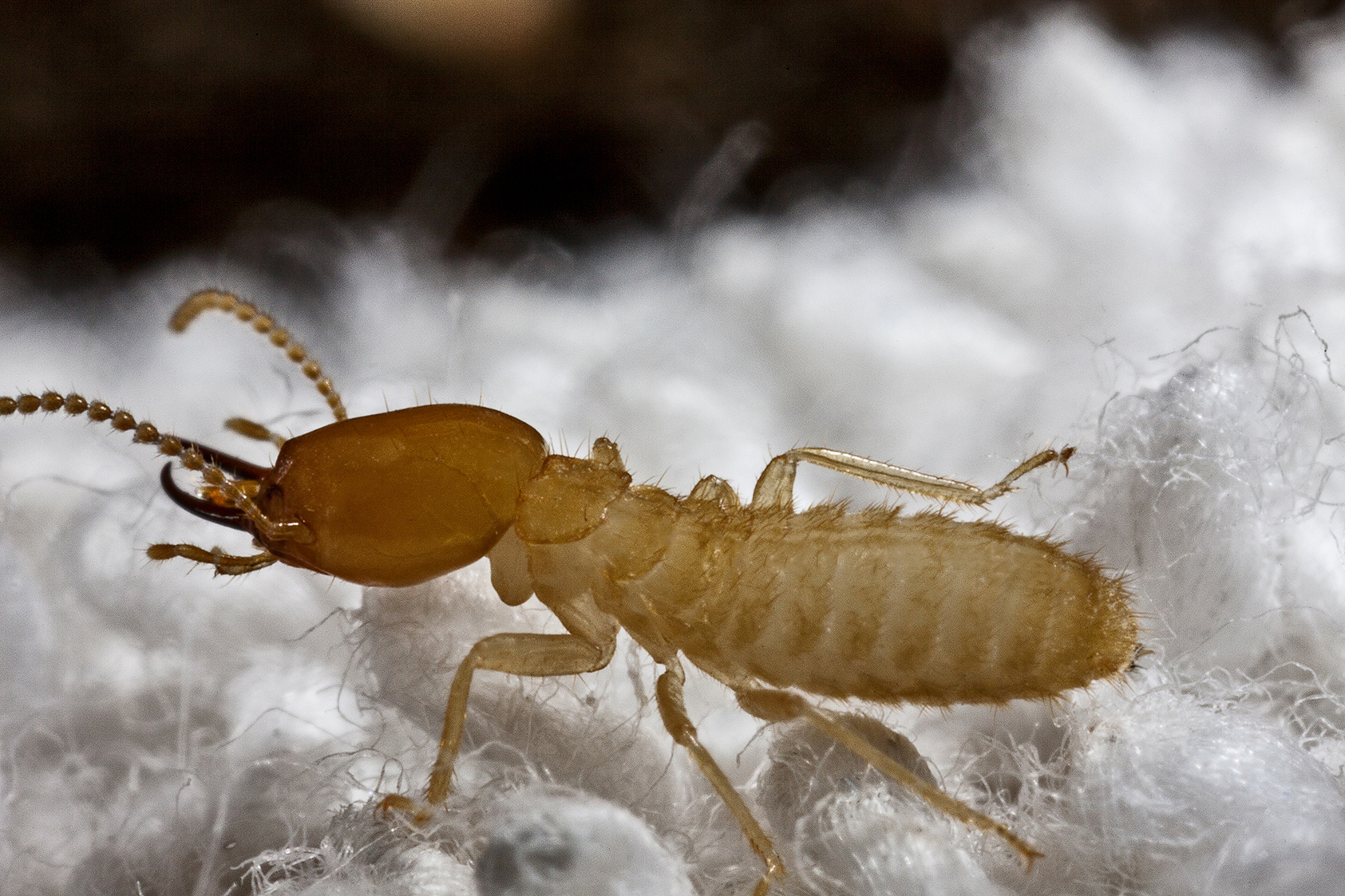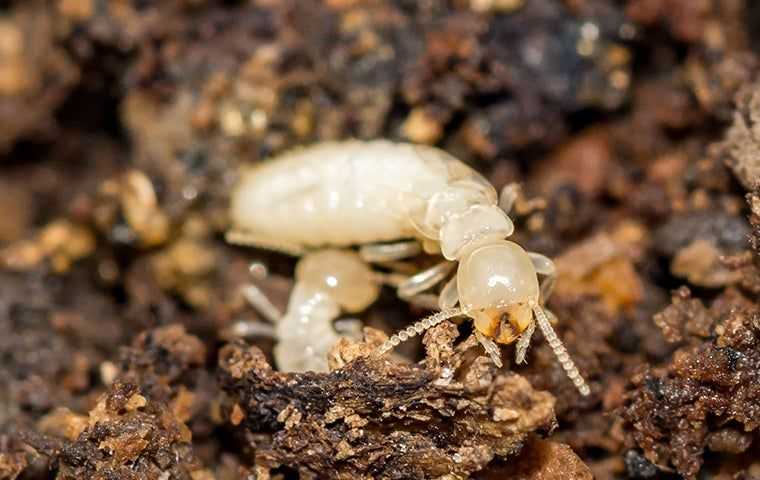Homestead's Shield Against Termites: Specialist Termite Control Homestead Unleashed
Homestead's Shield Against Termites: Specialist Termite Control Homestead Unleashed
Blog Article
Just How to avoid Termite Infestation in Your Home: Professional Parasite Control Tips
Termite infestation can pose a substantial risk to the architectural honesty of your home, causing considerable damages if left untreated. As home owners, recognizing the early signs of a termite visibility is essential in protecting against infestations prior to they escalate.
Identify Early Signs of Infestation
Alertness is crucial in spotting the very early indications of termite infestation within your home. One common indication of a termite invasion is the visibility of thrown out termite wings near doors and windowsills.
In addition, mud tubes along the foundation of your home can show a termite problem (Termite Control Homestead). These pencil-sized tubes supply shelter for termites as they take a trip between their nest and a food source. Hollow-sounding or broken wood, particularly in areas prone to moisture such as attics and basements, may likewise signify a termite infestation. It is necessary to resolve any type of such indications promptly to stop additional damage to your home.
Routine evaluations by a pest control professional can help detect termite task at an early stage, possibly conserving you from costly repair services over time. By remaining positive and vigilant, you can protect your home from termite problems and preserve its structural honesty.
Maintain Appropriate Air Flow and Moisture Degrees
To properly safeguard your home against termite invasion, preserving appropriate air flow and regulating dampness degrees is essential in preventing conducive conditions for these destructive bugs. Termites thrive in wet settings, making it crucial to maintain areas such as cellars, crawl areas, and attics completely dry and well-ventilated. Ensure that vents are unblocked and operating effectively to allow for sufficient airflow, lowering the likelihood of moisture accumulation. Additionally, take care of any leaks in pipes, roofing systems, or home windows immediately to avoid water buildup that attracts termites.
Humidity levels must be maintained listed below 60% to deter termite activity. By taking these preventive steps, you can produce a setting that is much less friendly to termites, reducing the risk of infestation and potential damage to your home.
Seal Cracks and Gaps in Your Home


Inspecting and without delay securing cracks and voids in your home is an essential action in fortifying its defenses versus termite invasion. Termites can manipulate also the smallest openings in your house's structure to access and create significant damages. Conduct an extensive inspection of both the exterior and interior of your home, paying attention to locations where different building products meet, such as where the foundation fulfills the walls or where cables and pipelines enter the home. Seal any kind of splits or voids located using suitable products like caulk or sealer. Focus on areas susceptible to moisture build-up, as termites are drawn in to damp atmospheres. Usual susceptible areas include around doors and windows, in the structure, and in Clicking Here the attic room or basement. By proactively securing these entrance factors, you create a barrier that can assist protect against termites from infiltrating your home and triggering pricey devastation. Regular maintenance and caution in addressing potential entrance factors can go a lengthy means in safeguarding your home against termite infestation.
Use Termite-Resistant Materials for Building
When fortifying your home against termite infestation by sealing voids and cracks, it is vital to take into consideration making use of termite-resistant materials throughout construction. Termite-resistant products are specifically made to slow or hinder down termite problems, offering an included layer of defense to your property. These materials are normally treated with chemicals that are harmful to termites or are normally immune to termite assaults.
One common termite-resistant material is pressure-treated timber, which has been fertilized with chemicals to make it less enticing to termites. Furthermore, using stonework, concrete, or steel materials in building and construction can help in reducing the threat of termite damage as these products are not vulnerable to termite attacks.
It is critical to work very closely with your specialist or contractor to make certain that termite-resistant materials are made use of in essential locations vulnerable to termite invasion, such as the framework, outside, and foundation walls. By integrating termite-resistant materials right into your home building, you can significantly decrease the probability of termite troubles in the future.
Arrange Regular Evaluations With Experts
Regular assessments carried out by certified you could try this out parasite control professionals are necessary in maintaining a termite-free atmosphere in your house. These specialists have the experience to identify early indications of termite task that might go unnoticed by untrained individuals. By organizing normal examinations, any prospective termite invasion can be identified and addressed quickly, stopping considerable damages to your home.

Additionally, pest control experts can provide tailored suggestions to resolve any susceptabilities in your home that might bring in termites - Termite Control Homestead. This may consist of advice on wetness control, landscape design practices, and various other safety nets to minimize the danger of problem. By purchasing routine examinations with professionals, you can proactively safeguard your home from the expensive problems triggered by termite infestations
Conclusion
In final thought, protecting against termite infestations in your house needs proactive actions such as identifying very early indications of problem, preserving appropriate air flow and dampness levels, sealing fractures and spaces, using termite-resistant materials, and scheduling routine examinations with professionals. By executing these professional bug control suggestions, you can secure your home from pricey damages brought on by termite problems.
One usual indicator of a termite problem is the presence of discarded termite wings near doors and windowsills.To efficiently protect your home against termite infestation, maintaining proper air flow and regulating dampness degrees is essential in preventing conducive conditions for these destructive pests.When fortifying your home against termite infestation by securing fractures and spaces, it is essential to consider making use of termite-resistant products during construction. These products are commonly treated with chemicals that are poisonous to termites or are normally resistant to termite attacks.
By spending in routine inspections with specialists, you can proactively shield your important source home from the costly damages created by termite invasions.
Report this page